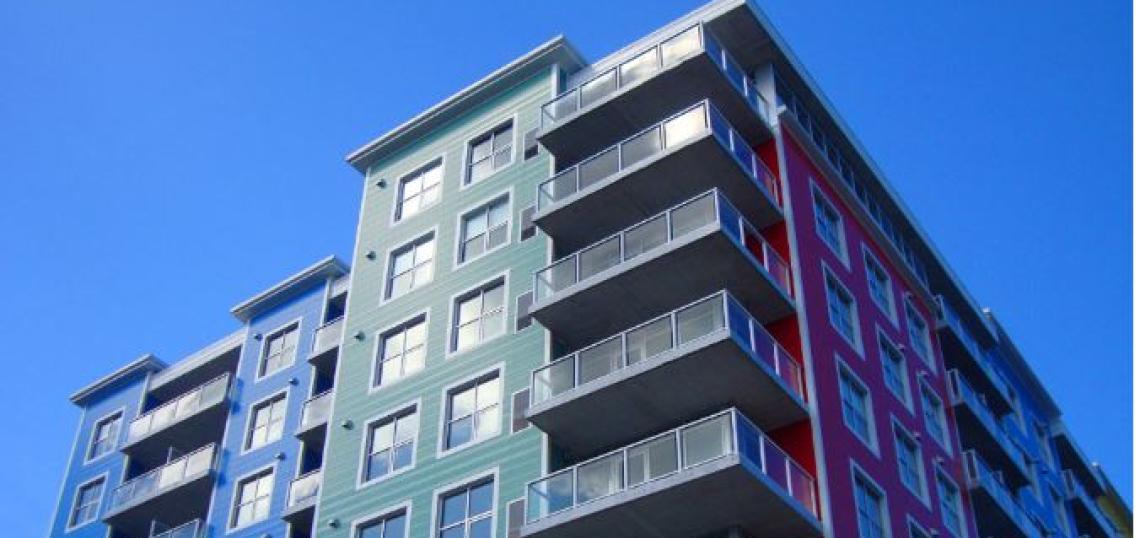A new study from the city of Austin finds that the past decade's extraordinary population boom resulted in an equally unprecedented swelling in the housing stock.
The report is the second of its kind to be issued by of the city planning department's demography division; its Demographic Story Maps offer deep dives into different aspects of the city as told through numbers. A map issued in September focused on age trends, while the current on zooms in changes in the housing landscape between 2010 and 2020. Some of the study's findings include:
- Unprecedented Numbers: Over 90,000 housing units were added between 2010 and 2020 period, surpassing most major U.S. cities.
- Changing Dynamics: The rate of growth in unit production declined from 2000 and 2010 levels.
- Evolving Landscape: Due to a faster rate of growth in units in the metro area and a stable share of units contributed to the region by Austin, the overall housing share of Austin housing in the metro region has been shrinking.
- Additional Rental Units: As Austin adds new units, the housing stock increasingly consists of more rental units rather than ownership units.
- Rate of Growth Austin had the fastest household growth, or growth in occupied housing units, of all large U.S. cities and select peer cities to Austin.
- Household vs. Unit Growth: Between 2010 and 2020, household growth in Austin outpaced growth in total housing units and growth in the total population.
The next report in the seriers will look at "the composition and characteristics of Austin’s households," according to the city.






